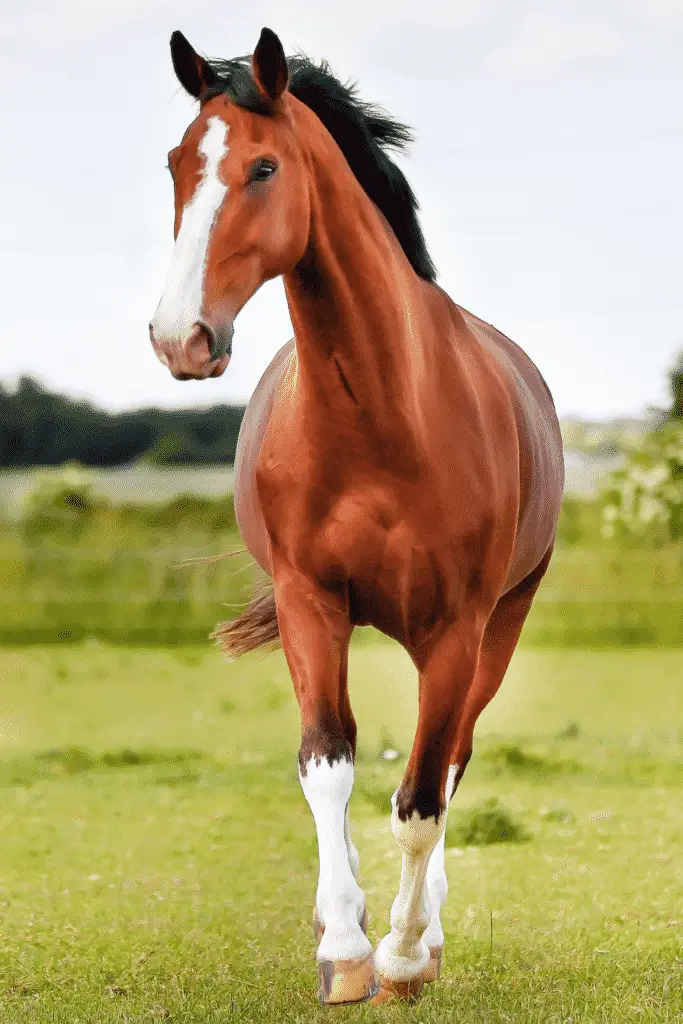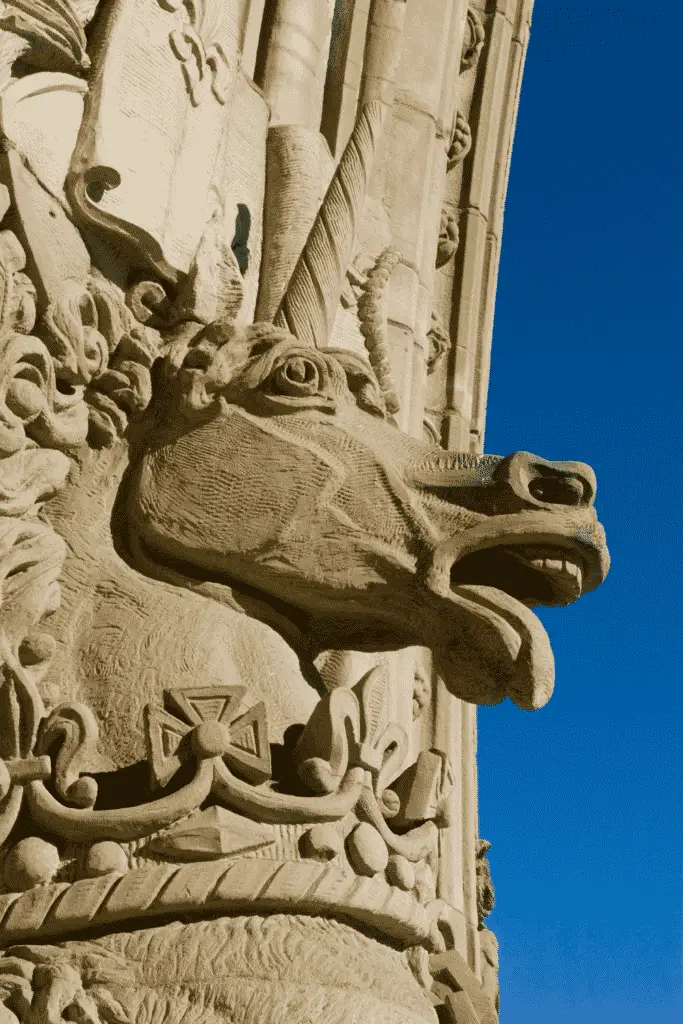So last week I published an article on different methods and philosophies of horse training. Since then, I’ve seen a lot of queries on liberty horse training in particular. So I figured why not do a deep dive with you today?
What is Liberty Horse Training?
Liberty horse training does what it says on the packet: it gives your horse liberty. Essentially, you and your horse train in the open, and your horse will be totally free to move around. They can move away from you if they choose, but the idea is that over time you’ll learn to communicate when you want them near you.

This is really distinct from traditional horse training. Traditional methods use pressure and force to teach horses, rewarding them with a release. In liberty work, the horse doesn’t feel any pressure or force.
Instead, in liberty training you want to learn to understand their natural instincts and behaviour, and use them to teach your horse.
Many advocates of natural horsemanship believe that when you train your horse using liberty methods, you also train your own brain to work differently. Ultimately, this develops a strong connection between you and your horse.
Where did it come from?
A lot of the principles of liberty work, and natural horsemanship more broadly, come from observing wild horses.
The first record of using gentler training methods, more focused on reassurance as opposed to punishment, come from around 400BC, in Xenophon’s On Horsemanship. Throughout history there have been other notable advocates, such as Antoine de Pluvinel and François Robichon de La Guérinière. But this method was usually less favoured than traditional methods, which yielded faster results.

It was only really in the 1970s that this method began to take off in the mainstream. Then from the 1980s onward, it became really popular. 40 years later it’s still going strong today!
What are the pros and cons of liberty horse training?
I would say the most frequently cited benefit of liberty work is the rapport that you build with your horse. Others would also say that liberty training is more humane. In my view, it’s not necessarily more humane, it’s just that traditional methods can be inhumane when inhumane trainers use them.
The criticisms of liberty work are usually that it doesn’t yield quick results, and that there’s a lot of hype around the discipline. Certainly I’ve seen a lot of hype, but who knows – until you try it you won’t know if it’s overblown!
Speaking of trying it, I would definitely recommend that you read two guest posts on our blog, written by Equine Angel. The first describes her method of liberty training, and the second recounts the experience she had doing liberty work with her horse, Fury.
Do you want to know more about liberty horse training, or other horse training methods? Let me know in the comments below!
Happy riding!


Does today’s liberty training have any roots in Mroczkowski’s liberty horses? I trained with him in Sarasota in the mid 60’s.
He was amazing with horses.
Hi Kathryn,
Wow that’s incredible! To be honest, I am not sure. I was curious though when you asked and I tried to dig up some information on it and couldn’t find any clear information on it. It seems like a lot of the work that he did is similar to liberty today but whether his methods were the origin is hard to say. I guess it would depend if he coined the word “liberty” for what he was doing or if similar techniques existed prior to that also called liberty training.